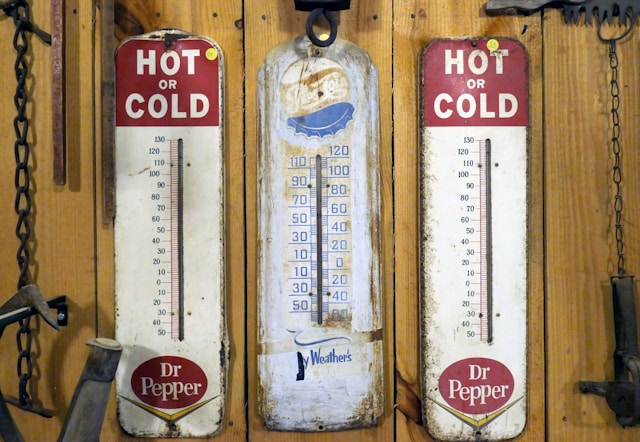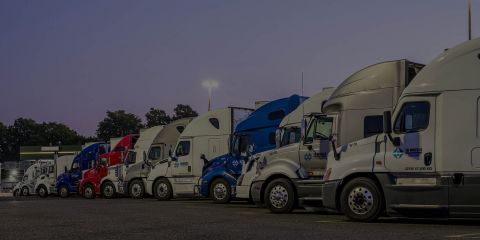
In a fast-evolving logistics and warehousing industry, flexibility and precision are key to staying competitive. Businesses that rely on perishable goods, pharmaceuticals, or temperature-sensitive products know that maintaining product integrity is not optional—it’s essential. Multi-temperature facilities have emerged as a cornerstone for achieving this goal. These advanced storage and distribution centers cater to a wide range of temperature needs, helping companies manage diverse product lines efficiently while ensuring consistent quality. In today’s market, investing in these facilities is not just a logistical choice—it’s a strategic advantage.
Understanding Multi-Temperature Facilities
Multi-temperature facilities are warehouses designed to handle products across different temperature zones within one building. They can accommodate frozen, refrigerated, and ambient goods simultaneously, ensuring each item remains within its ideal storage condition. This flexibility allows companies to streamline operations and reduce the need for multiple storage sites.
Why Temperature Control Matters
For businesses dealing with sensitive products such as food, beverages, or pharmaceuticals, temperature control is critical. Even small fluctuations can impact shelf life, quality, and safety. By maintaining precise temperature zones, these facilities reduce spoilage and product waste, which translates into significant cost savings and improved customer satisfaction.
Protecting Goods During Storage
Learning how to protect your belongings from extreme temperatures in storage starts with understanding what’s most vulnerable. Electronics, wood furniture, artwork, and certain fabrics can all warp, crack, or lose integrity if not stored properly. That’s why it’s important to know which items are most at risk and to use the right type of storage environment for them. Even though big temperature changes can cause damage, many people overlook how much these swings can affect materials over time.
Watch out for temperature swings during seasonal shifts and don’t assume every facility offers consistent conditions. Also, don’t confuse temperature control with humidity control—both are necessary for preserving sensitive belongings. Using climate-controlled storage can help maintain stable conditions and extend the lifespan of your stored items.
Enhancing Operational Efficiency
One of the biggest advantages of these facilities is improved efficiency. Instead of managing separate facilities for frozen and ambient products, businesses can store and distribute them from one centralized hub. That minimizes transportation time between facilities, cuts down on fuel costs, and simplifies inventory tracking. Efficiency isn’t just about speed—it’s about doing more with fewer resources while maintaining quality standards.
Supporting Product Diversity
In an age where product variety defines brand competitiveness, having a storage solution that accommodates everything from ice cream to dry goods under one roof is invaluable. Facilities with multi-temperature availability empower businesses to diversify their offerings without worrying about additional storage investments. This versatility helps companies scale operations quickly when introducing new product lines.
Ensuring Quality and Compliance
Regulatory compliance is a major concern for industries that handle consumables or medical supplies. These facilities are equipped with advanced monitoring systems that ensure each product remains within its required temperature range. These systems also provide detailed logs for audits, ensuring transparency and accountability. Maintaining compliance not only protects consumers but also enhances a company’s reputation.
Reducing Product Waste and Loss
Product loss due to improper storage conditions can significantly affect a company’s bottom line. By offering stable and consistent environments, these facilities minimize risks of spoilage and degradation. Businesses can depend on these facilities to preserve the integrity of their goods from arrival to delivery, reducing waste and boosting profitability.

Improving Supply Chain Flexibility
The ability to adapt to changing market demands is a hallmark of supply chain success. These facilities allow companies to respond swiftly to seasonal trends or unexpected surges in demand. For instance, during holiday seasons when frozen desserts or specialty foods see higher sales, facilities can adjust temperature allocations to accommodate higher storage volumes without disrupting other operations.
Leveraging Technology for Better Control
Modern facilities with multi-temperature availability rely heavily on technology. Automated temperature monitoring systems, IoT sensors, and real-time tracking software provide data-driven insights that help managers make informed decisions. Predictive analytics can alert staff to potential issues before they arise, reducing downtime and preventing costly losses. The integration of smart technologies makes these facilities both proactive and efficient.
Sustainability and Energy Efficiency
Sustainability is no longer optional—it’s expected. These facilities contribute to greener supply chains through energy-efficient designs, insulated panels, and smart cooling systems that optimize energy use. Centralizing temperature management also reduces emissions associated with multiple storage sites and transportation routes. Businesses can meet both operational goals and environmental commitments simultaneously.

Building Long-Term Competitive Advantage
Companies that invest in multi-temperature infrastructure position themselves ahead of competitors who rely on traditional single-zone storage. The ability to manage diverse product categories, ensure consistent quality, and respond flexibly to demand makes such facilities a strategic asset. Over time, this operational resilience translates into stronger customer trust and market leadership.
Flexibility, Efficiency, and Precision
Multi-temperature facilities are redefining how modern supply chains operate. They combine flexibility, efficiency, and precision to create an environment where products stay safe, operations run smoothly, and sustainability goals align with business growth. By embracing this technology-driven approach, companies can achieve lasting competitive advantage in a market that rewards adaptability and innovation. In a world where every detail counts, the right temperature makes all the difference.
Based in Vancouver, British Columbia, Canada, 18 Wheels relies on experience and integrity to make customers happy and remain on the cutting edge of shipping and logistics management.
If you have any questions about this article or you would like to talk to us about your shipping needs, please call us at (604) 439-8938.
Author’s bio: Jane McCabe is a logistics and supply chain specialist with a passion for exploring how innovation, technology, and smart storage solutions shape modern business efficiency. She focuses on making complex supply chain concepts easy to understand, helping readers see how operational improvements lead to real competitive advantage.
